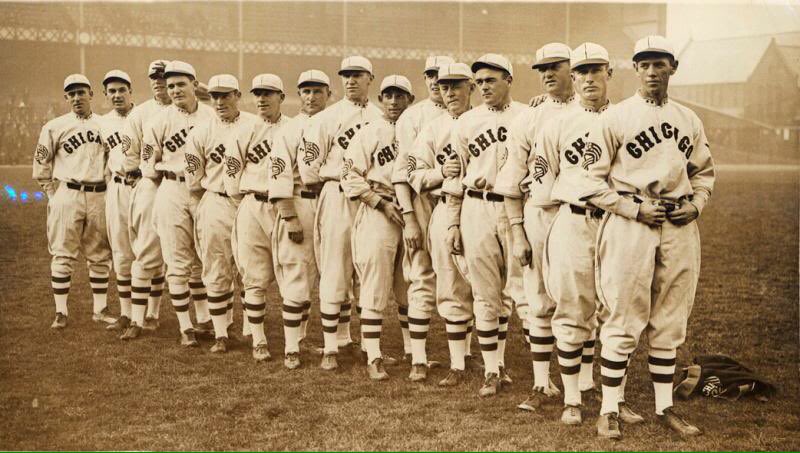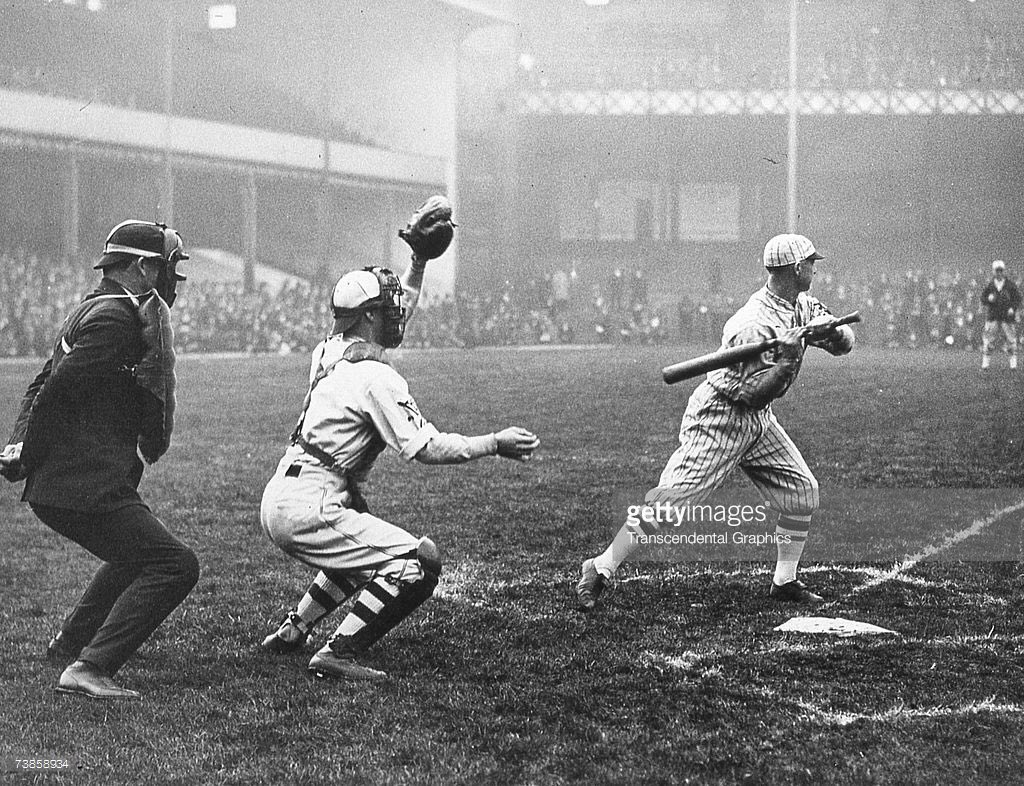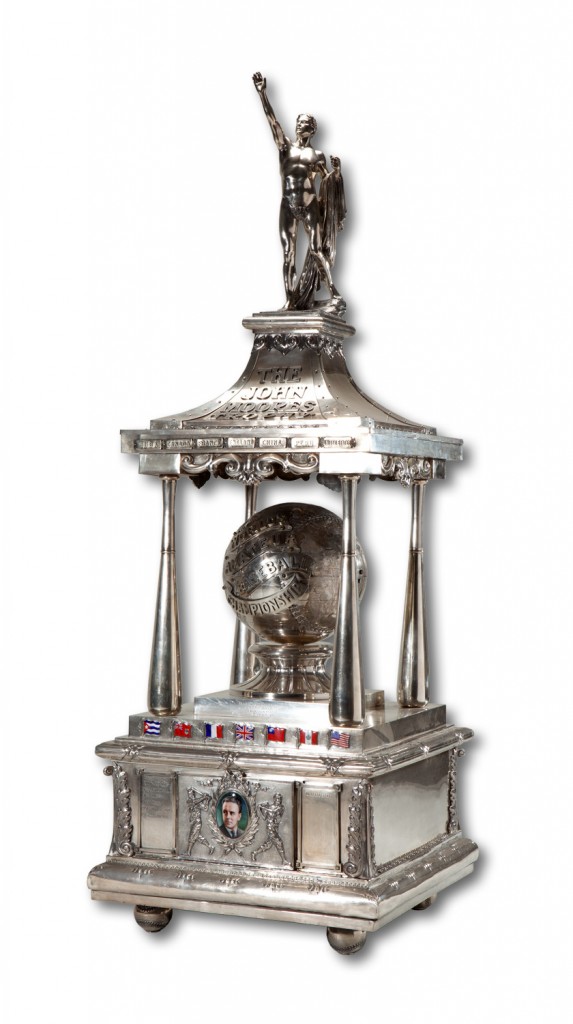On 22nd August 1960, England was chosen as the host of the 1966 FIFA World Cup, beating West Germany in the final round of voting, and on 1st May 1963, Goodison Park was selected as one of the stadiums. At the group stages, Goodison hosted three matches – all of them involving reigning World Cup winners Brazil:
- 12 July – Brazil v Bulgaria
- 15 July – Hungary v Brazil
- 19 July – Portugal v Brazil
Since it was announced that Brazil would be playing all their group stage matches at Goodison Park, fans were calling in at a special World Cup booking office at a remarkable speed hoping to watch their Brazilian heroes, including the likes of Garrincha, Jairzinho and the greatest footballer in the world, Pelé.
There was an overwhelming demand for tickets for the World Cup matches at Goodison Park. The complete stock of application forms for tickets (around 3,000) was sent out on the first day. More application forms were eventually sent out but because of a high number of applications and requests, the switchboard at Goodison Park was continuously jammed. Brazilian fans played a part too – around 8,000 tickets were sold to them in the first couple of days of sale. Applications went into tens of thousands in the first few days but despite the early chaos, a combined total of over 150,000 fans attended the group stage matches at Goodison Park.
Prior to the 1966 World Cup, Brazil won the previous two editions in Sweden and Chile. 17-year-old Pelé exploded onto the scene in the 1958 World Cup. He scored 6 goals – all of them in the knockout stages: the winner against Wales in the quarter-finals, a hat-trick against France in the semi-finals and 2 goals against hosts Sweden in the final. Because of injury, Pelé played only 2 matches in the 1962 World Cup. He scored in Brazil’s opening match against Mexico but was injured in a goalless draw against Czechoslovakia at the Estadio Sausalito – the home of Everton’s Chilean counterparts, Everton de Vina del Mar.
Over 47,000 fans watched Brazil take on Bulgaria at Goodison Park in their first match of the 1966 World Cup. After 15 minutes, Pelé was fouled just outside the box by Spartak Sofia defender Dobromir Zhechev and he struck the ball low and hard past the wall and into the back of the net, just about beating goalkeeper Georgi Naydenov. His goal made him the first ever player to score in three consecutive World Cups. Brazil ended up winning 2-0 with Garrincha, like Pelé, scoring directly from a free-kick.
Pelé may have scored only one goal but he did more than that in the win over Bulgaria – 3 shots (including 2 on target) and he even became a supplier, creating 3 chances. He also had 8 successful dribbles and was fouled 7 times. He helped his teammates defensively as well, making 8 successful tackles and 2 interceptions.
Following the match, Liverpool Echo’s Michael Charters spoke very highly of Pelé’s performance:
Pelé’s artistry was there for all to see. For long periods, he was out of the game but he moves like lightning when the crucial moment arrives. His chipped passes with either foot, his deft and deadly passing through a wall of defenders opened the way for Alcindo and others. It was not his fault that Brazil did not have half a dozen.
The ideal start for Brazil and Pelé. But unfortunately, that would be only game they left Goodison Park with a smile on their faces.
Pelé suffered a knee injury against Bulgaria due to aggressive tackling from the opposition and was forced to miss Brazil’s second match of the tournament against Hungary. Brazil lost 3-1 – their first World Cup defeat since a 4-2 defeat to the same opposition in their ill-tempered quarter-final clash in 1954. The Liverpool Echo said Pelé’s absence “loses so much of its power and drive” and the Daily Telegraph said Brazil’s attack “lacked genius”.
Pelé returned to training ahead of Brazil’s crucial clash against Portugal, who had won both of their games in the competition. Although, he was stopping goals instead of scoring them; he was in goal during practice while he and Brazilian fans were hoping he would be fit. Brazil needed to beat Portugal by at least three goals to guarantee a place in the quarter-finals.
Pelé was named in the line-up, much to the relief of Brazilians everywhere. But seeing as he had just overcome an injury, it made him an easy target for the Portuguese opposition. Over 58,000 fans were at Goodison Park to watch Pelé’s comeback – the highest attendance for a non-Wembley match at the 1966 World Cup. Brazil had a terrible start, losing 2-0 after nearly half an hour through goals by Antonio Simoes and Eusebio. Their fate at the 1966 World Cup was all but sealed at the half-hour mark when Pelé was a victim of a vicious tackle by Sporting Lisbon’s Joao Morais, who had only made his international debut the previous month. Referee George McCabe controversially only gave Morais a telling-off instead of a sending-off. The tackle rendered Pelé ineffective and, because there were no substitutes at the time, he played the rest of the game limping on the wing.

Brazil halved the deficit thanks to a goal by Rildo but Eusebio scored another in the 85th minute. Brazil’s World Cup campaign was officially over the next day after Hungary beat Bulgaria 3-1, despite a slight glimmer of hope for the Brazilians after Georgi Asparuhov gave Bulgaria the lead.
The defeat to Portugal was Pelé’s only World Cup loss. His World Cup record was 14 appearances, 12 wins, 1 draw (the goalless draw against Czechoslovakia) and 1 defeat. The 1966 World Cup might not have been a tournament Pelé looked back on fondly, but at least Goodison Park had the honour of having one of the greatest and most popular sporting figures in history play on its hallowed turf.









